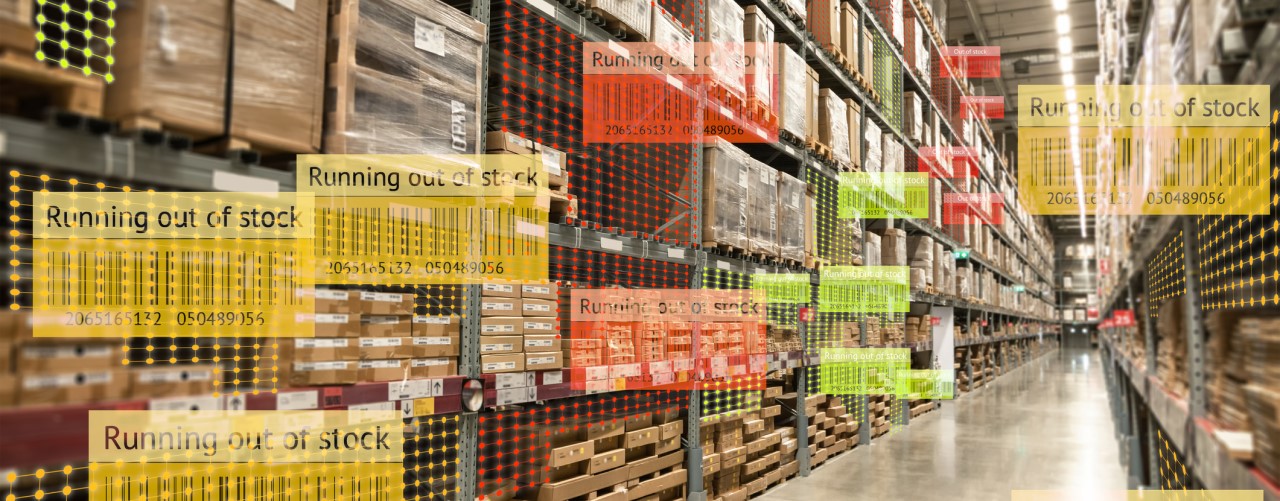How to increase efficiency with smart warehousing
Technology and the use of smart devices has been revolutionising the way that we live and work today. This combination offers efficiency and innovation as we have never seen before and this is now coming to the warehouse industry too. Smart warehousing has the potential to transform working practices and offers numerous opportunities for warehouses to be so much more than just a storage space. So, how can you use smart warehousing to increase efficiency?
Defining the smart warehouse
“Smart” is a term that usually implies an element of automation and a device or system that is largely digitally driven. The Internet of Things (IoT) offers a wealth of connectivity opportunities that now make it possible for warehouses to be much more efficient thanks to smart features such as tagging inventory with location trackers. The idea of the smart warehouse is to remove the inefficiencies that are often involved in manual methods and systems and to find ways to use this connected technology to make certain processes, such as tracking inventory, faster and simpler.
Increasing efficiency with smart warehousing
After the initial up front cost of upgrading systems to enable smart warehousing the benefits, cost savings and efficiencies that can follow are numerous. These are three of the key benefits that smart warehousing offers today:
- Instant access to data. Every single detail of inventory is uploaded to the same central place in a smart warehouse and this gives instant access to data and perspective over stock. This could be crucial with respect to inventory financing arrangements, for example, and using smart contracts to streamline the way that the business is run.
- Real time inventory tracking. In a smart warehouse every piece of inventory is tagged, which means that it can be monitored and tracked in real time. No more out of date records to deal with and no laborious manual processes that involve time and resources that would be better spent elsewhere. Real time inventory tracking makes a warehouse more accountable and transparent and provides data that can be fed into smart contracts. It can also be shared via blockchain and notifications of key activities sent to essential stakeholders.
- The application of automation. One of the major features of the smart warehouse is the level of automation that is involved in most of the processes. There are many benefits to automated warehouse systems, including improving overall efficiency, reducing mistakes and errors and minimising the potential for incidents or accidents to occur. Automation can also reduce the amount of human labour that is required for warehouse operations. In operational terms, automation can speed up processes, such as picking and packing, and ensure that no delays occur when it comes to fulfilling orders within a specific timeframe.
Smart warehousing provides a wealth of opportunities for increasing operational efficiencies and identifying ways in which costs can be reduced and performance optimised. It is currently a great option for establishing a competitive set up and getting ahead but in the very near future could become the norm.

Leave a comment